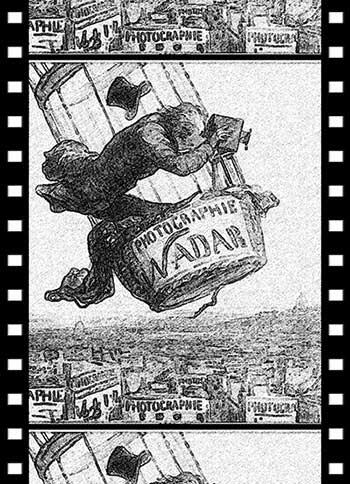The USGS “crowd-sourcing” map project reaches major milestone
The U.S. Geological Survey citizen science project, The National Map Corps, has realized remarkable response. In less than two years, the volunteer-based project has harvested more than 100,000 “points”. Hundreds of volunteer cartographers are making significant additions to the USGS ability to provide accurate mapping information to the public.
Each point represents a structure or manmade feature on a map that has been verified and updated, and then submitted to support The National Map and US Topo maps.
Using crowd-sourcing techniques, the USGS Volunteer Geographic Information project known as The National Map Corps (TNMCorps) encourages citizen volunteers to collect manmade structure data in an effort to provide accurate and authoritative spatial map data for the USGS National Geospatial Program’s web-based map products.
“I am 80 years old. I work three days a week for a golf course trapping moles and gophers”, said a very prominent citizen scientist volunteer who goes by the handle of “Mole Trapper”. “I spent 11 years volunteering for a fish and wildlife agency. When the big landslide at Oso, Washington happened, I went on the USGS website and discovered the map corps. I worked summers while in high school for a surveyor who was very precise and he told me an inaccurate survey is worthless. I hate inaccurate maps, so this program was just right for me. I hope my work is as accurate as it can be, but if it isn't, I plead old age.”
Structures being updated include schools, hospitals, post offices, police stations and other important public buildings. The data currently being collected by volunteers becomes part of The National Map structures dataset, which is made available to users free of charge.
"I am retired from an unrelated field, but I have loved maps and travel all my life,” explained other highly active volunteer who goes by “fconley”. “When I saw that USGS was looking for volunteers I immediately joined, first of all working with paper maps and quads. As digital mapping, satellite imagery, and GPS became more available I was enthralled. With the imagery now accessible it is almost like being able to travel sitting at my desk. At times, locating structures seems similar to solving puzzles or detective work. This whole project is not only enjoyable but it makes me feel that I am making a lasting and useful contribution. I am thankful for the opportunity to be involved in this fascinating endeavor."
Beginning as a series of pilot projects in 2011, The National Map Corps has grown state-by-state to include the entire U.S. By August of 2013, volunteers were editing in every state in the country and the US territories. To date, the number of active volunteers has grown to 930 individuals, including some extremely energetic participants who have collected in excess of 6,000 points.
To show appreciation of the volunteers’ efforts, The National Map Corps has instituted a recognition program that awards “virtual" badges to volunteers. Each edit that is submitted is worth one point towards the badge level. The badges consist of a series of antique surveying instruments and images following the evolution of land survey and moving to aerial observation of the Earth’s surface such as pigeon-mounted cameras and hot air balloons. Additionally, volunteers are publically acknowledged (with permission) via Twitter, Facebook and Google+.
Tools on TNMCorps web site explain how a volunteer can edit any area, regardless of their familiarity with the selected structures, and becoming a volunteer for TNMCorps is easy; go to The National Map Corps web site to learn more and to sign up as a volunteer. If you have access to the Internet and are willing to dedicate some time to editing map data, we hope you will consider participating.
Get Our News
These items are in the RSS feed format (Really Simple Syndication) based on categories such as topics, locations, and more. You can install and RSS reader browser extension, software, or use a third-party service to receive immediate news updates depending on the feed that you have added. If you click the feed links below, they may look strange because they are simply XML code. An RSS reader can easily read this code and push out a notification to you when something new is posted to our site.




